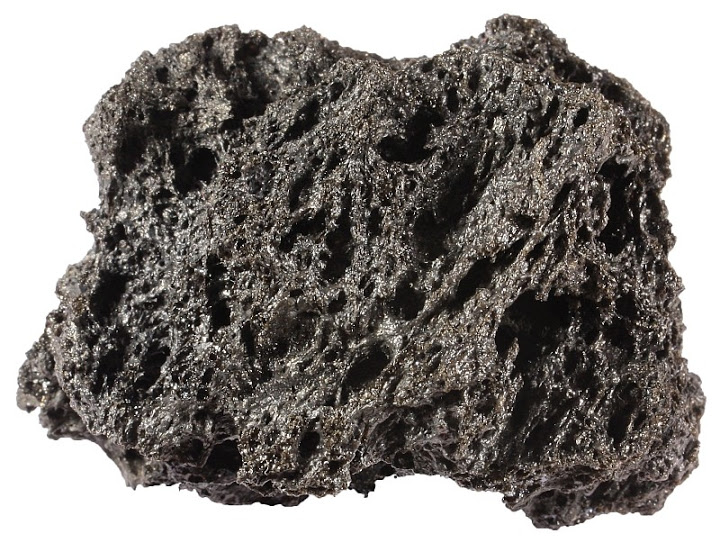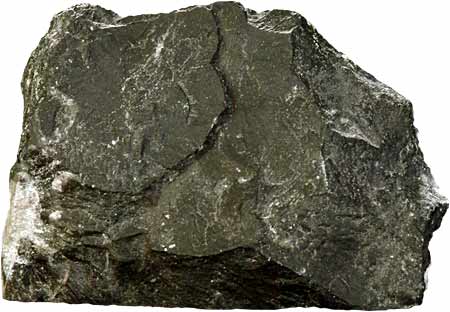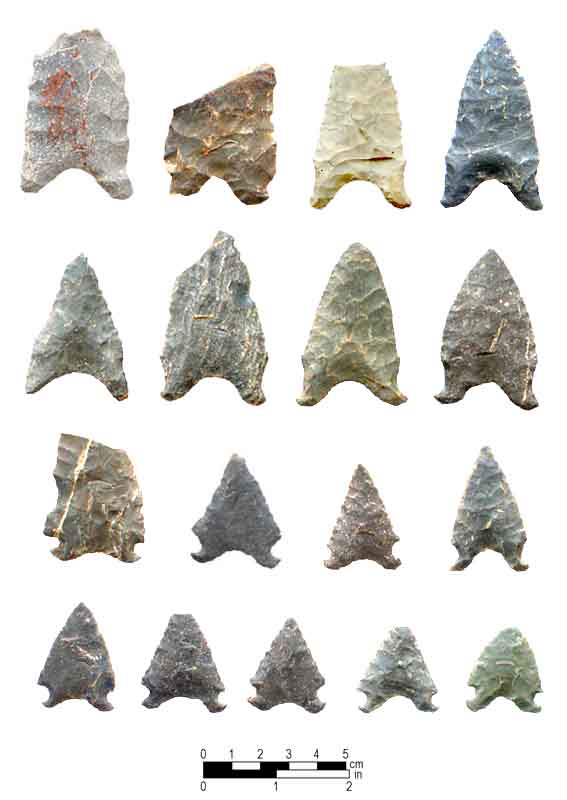One of the most famous sites within the Uwharrie National Forest, one that I have camped at many times, is Morrow Mountain State Park. Being the highest peak in the park, Morrow Mountain is a popular destination for day trips, beginner hikers, and local folks looking to get a bit of fresh air.
As is the case for many mountains and state parks around the nation, this location’s history goes back much further than simply its history as a state park. Since it is one of the most well known, and one of the only thoroughly documented locations in the Uwharrie, it gives us an interesting glimpse into a small piece of the long history of the Uwharrie as a whole. My hope with this short study is to delve into the deeper history of the area and give both you, reader, and myself a clearer picture of the Uwharrie mountains, or at least a piece of them. To do this, my main source is going to be “A Geologic Guide to North Carolina’s State Parks,” edited by P. Albert Carpenter III.
Morrow Mountain State Park lies within the Carolina slate belt, a belt of slightly metamorphosed volcanic and sedimentary rocks that extends from central Georgia to central Virginia.
“A Geologic Guide to North Carolina’s State Parks” P. Albert Carpenter III
Its hard to believe that “600 million years ago” Morrow Mountain State Park was not a state park, but rather a collection of volcanic islands that were in the midst of a “shallow sea,” much like some of the volcanic archipelagos that we are familiar with today. Although the layers upon layers of sediment that once came together to form 20,000 foot tall peaks have eroded away to dirt and sand that has been spread across the east coast and pulled into what we now know as the Atlantic ocean, there are still some remnants of evidence from these ancient times of North Carolina’s oldest mountains. Geologists who have studied the area have discerned that there are “three principal rock types” prevalent in the Morrow Mountain area, and these are rhyolite, basalt, and argillite.

Rhyolite 
Basalt 
Argillite
All three of these rocks are evidence of the previous volcanic activity of the area, and can be found in small bite sometimes scattered along pathways or in the green areas of the park.

10,000 years ago, Native Americans were already making their mark on what is now the Morrow Mountain State Park area, often utilizing the very dense nature of the abundant Rhyolite to make tools and weapons mainly for hunting or fishing. There is evidence that tribes came from all over the area to obtain Rhyolite for tool-making, and these leftover artifacts have left us a rich history of the Native American activity in the area long ago. The Hardaway Site, one of North Carolina’s archeological sites, is very rich in these kinds of Native American artifacts, as are the Uwharries and the surrounding areas themselves, and this is due mostly to the abundance of useful rhyolite in the area.
In 2014, there was even a Charlotte Observer article written about a man who had inadvertently stumbled upon a cache of arrowheads while planting some bushes in his yard. This was an incredible find, comparable to “winning the lottery,” said one researcher the Observer quoted in their article. Only a handful of similar finds have occurred in North Carolina. Another group of researchers came to the conclusion that they had been buried there around 5-6,ooo years ago as a sort of “ancient armory.”